
Culture
21:52, 12-Feb-2019
P.E. teacher reinvigorates village school with jump rope
CGTN
05:17
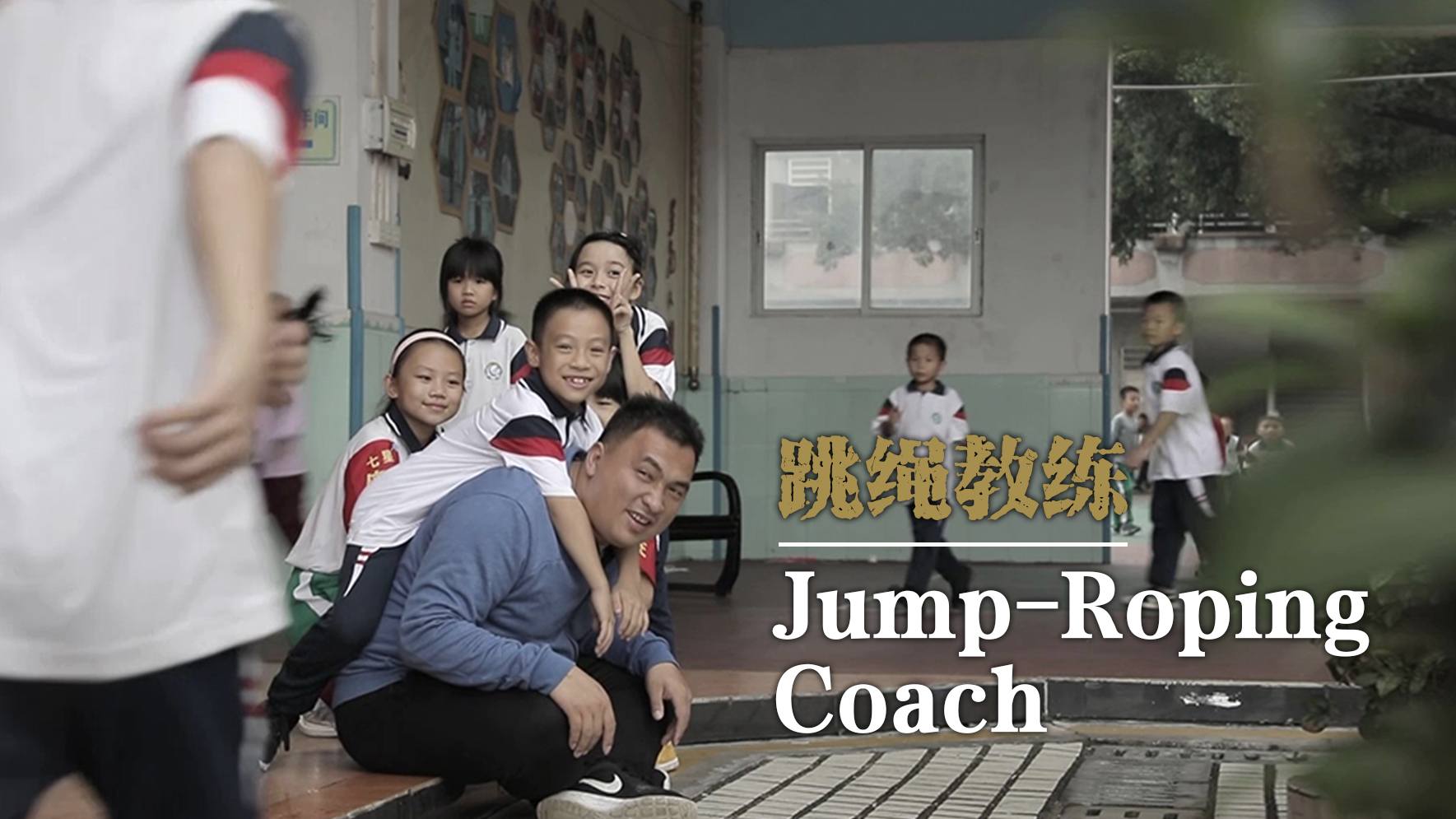

CGTN
CGTN
Lai Xuanzhi, a physical education teacher, earned a bachelor's degree in sports from a prestigious university. During his early years, he dreamed of teaching in a primary school.
In 2010, Lai first visited Qixing Primary School in Guangzhou City, capital of south China's Guangdong Province. He claims that he was left stunned after seeing this school.
"I didn't expect such small-scale village school in a developed city like Guangzhou," Lai recalled.
According to Lai, there was only one building which housed less than 150 people, including students and faculty members. The average age of its teachers was above 47. The stagnant place was dubbed as the "last podium for retiring teachers."
Lai was the first professional P.E. teacher the school had recruited in 26 years.
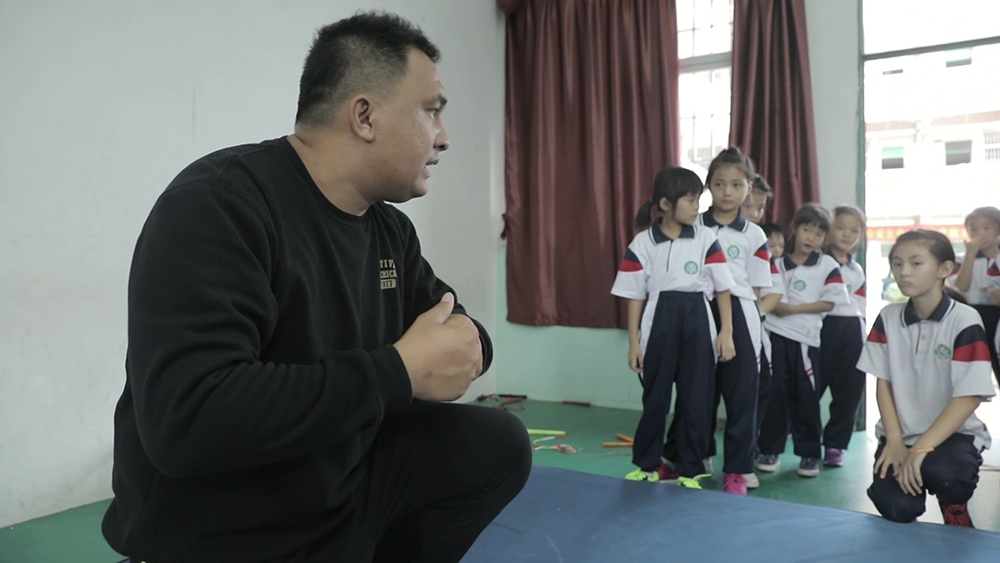
CGTN Photo
CGTN Photo
For young and ambitious Lai, the situation was unacceptable. However, on the second thought, he saw himself in those children.
"I also went to a village school. I always liked sports, yet the facilities were far from satisfying," he said.
In order to make the children enjoy their school and childhood, Lai decided to stay and do something.
"I felt like making a difference as a P.E. teacher. I wished to turn the school into a lively and joyous place."
Unfortunately, Lai encountered the first hurdle soon. The school's crumbling budget was insufficient to provide facilities for sports like basketball or track and field.
But Lai did not give up. The same year, a jump rope competition was organized by the district's Bureau of Education for primary and middle school students.
"Rope skipping is interesting and fun to watch. It doesn't require many facilities, which was perfect for our school," Lai thought.
However, there were several roadblocks ahead. As a big guy who never learned to skip before, Lai failed the bureau's test thrice.
"So, the first problem was, how do I teach?" he recalled.
Lai sought help from the Internet. He watched online videos and learned skipping techniques every day after work.
"I indulged in skipping rope. I even dreamed about taking my team to the competitions," he said.
Lai started his first jump rope class with over 60 students. Soon, he was confronted with concerned parents who thought that it was distracting children from their studies. Gradually, the class reduced to less than 10 students.
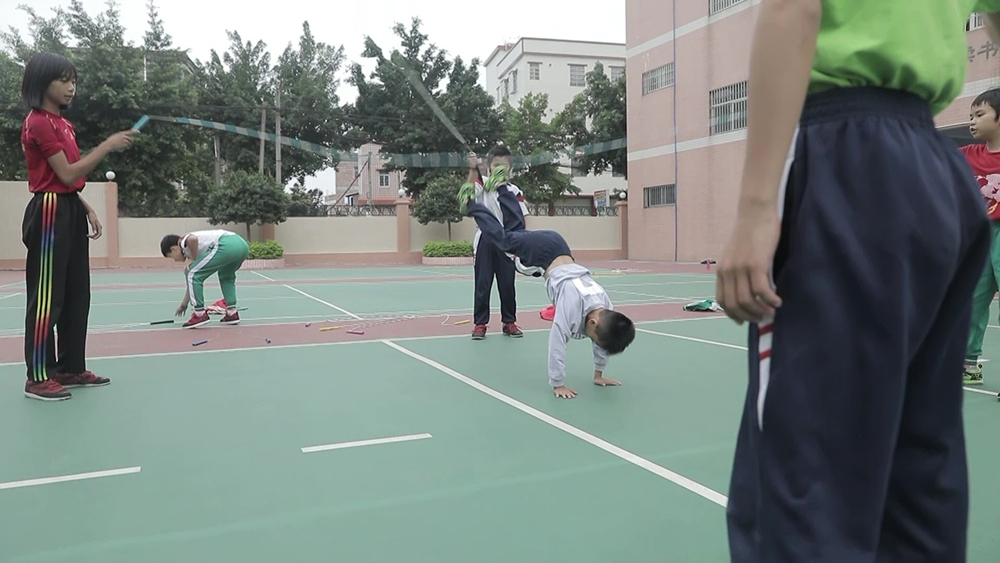
CGTN Photo
CGTN Photo
"It was a big blow for me. It was hard," Lai told CGTN.
He then decided to meet the parents one by one, trying to convince them.
"I talked about its benefits. At first, they were very polite but my frequent visits started to irritate them. Then, they refused to see me."
But his perseverance finally persuaded some parents to send their children back to the class, which eventually consisted of about 20 kids.
Now, he had to solve the problem of teaching.
"Speed is the most important thing in skipping. I wondered if they could skip faster with any special moves. Then I noticed that some of the best foreign skippers always do the half squat. But I don't think they make full use of the trick," he said.
Inspired by professionals skippers, Lai came up with a new style of half squat skipping: "Lower the body's center, bend down and lift your feet as low as possible."
The new move worked wonders. "Earlier, our best result was about 70 jumps in 30 seconds. After the new technique, they could do 80, even 90," Lai remembered.
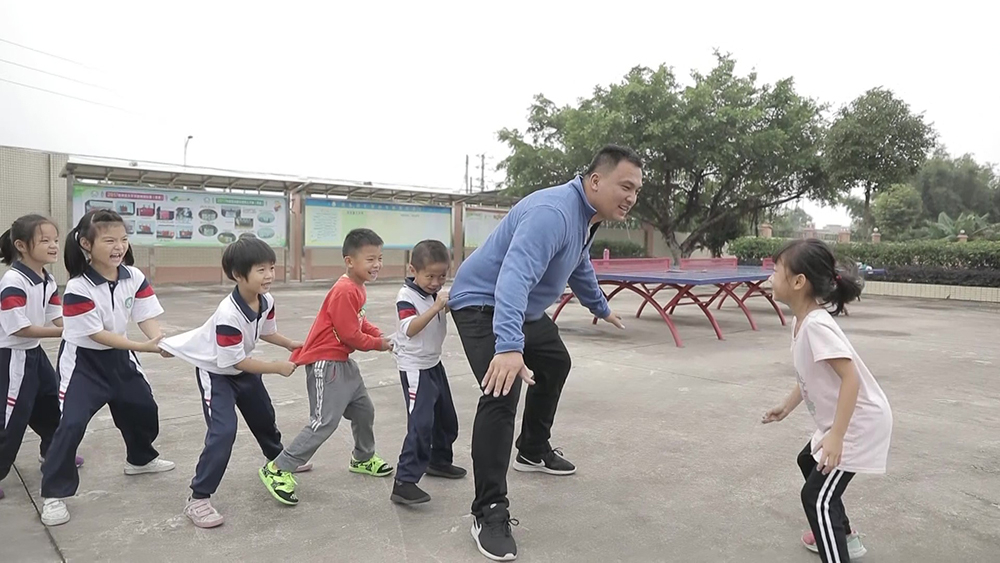
CGTN Photo
CGTN Photo
But they needed better ropes, as the ropes they had been using were too thick and heavy for the speed competition.
Lai's eureka moment came at an unusual time, once his motorcycle broke down due to damaged cable. While trying to fix it, he realized that it was the perfect rope he had been looking for: thin and elastic.
"With improved techniques and the new 'weapon', it was like fitting a supercar with a thruster," said Lai.
The children skipped so fast that they made 100 jumps in 30 seconds an easy record.
Today, the school has groomed 24 world skipping champions, who've broken 11 world records; and it has regained its lost energy.
"Actually, when I train the students, I don't teach them the exact techniques, but how to improve themselves," said Lai. "Aside from how to skip, I want them to know why they do it, and that you can always try to achieve your goals whatever conditions you might be in."
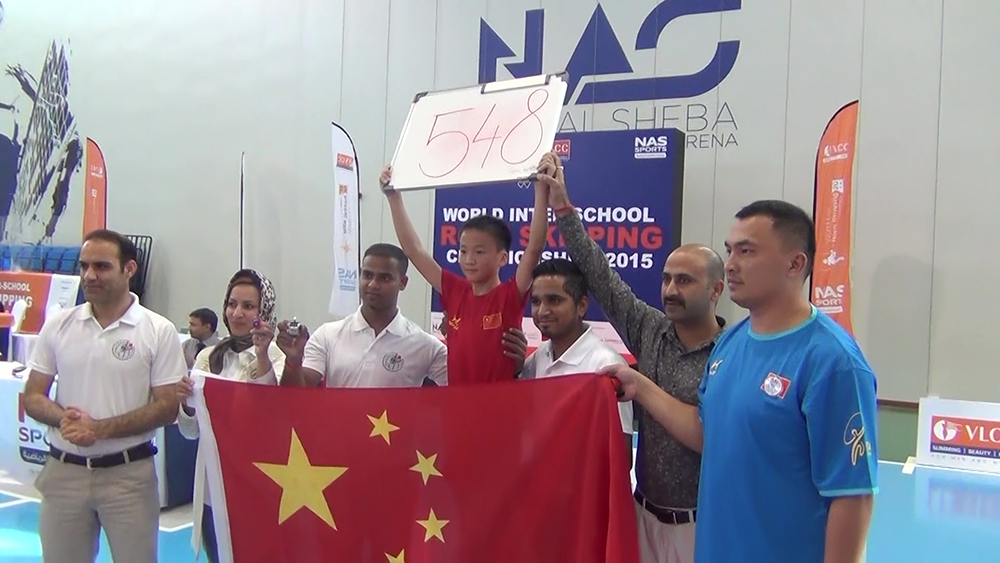
CGTN Photo
CGTN Photo
Lai told CGTN that there was a student who never spoke to him in two years. Her parents said that she had autism.
"I brought her to a national competition, where she won several gold medals. She ran to me and placed the medals around my neck, saying 'Mr. Lai, I am so happy' everyone was overwhelmed there. The child really changed after that," he said.
After years of hard work, Lai and his "Lightspeed skipping team" have made this small village school world-renowned. The students feel much more vigorous and confident.
Lai's dreams have finally become a reality.
"My philosophy is that the ultimate objective is never about winning gold medals, but teaching the children the spirit of sports," said Lai. "Sports can build their confidence and passion for life. That's the most meaningful thing to do."
Directors: Lei Rong, Li Gangyang
Editors: Sun Hongyu, Yang Zhou, Liu Shuo, Jiang Yuting
Filmed by Zhao Hongyu, Tao Xinyang
Designer: Yu Peng
Text by Zhu Siqi
Copy editor: Khushboo Razdan
Producer: Wen Yaru
Chief editor: Wang Dongmei
Supervisor: Pang Xinhua

The story is one in The 1.3 Billion series exploring the diverse lives that make up China.
The story is one in The 1.3 Billion series exploring the diverse lives that make up China.

SITEMAP
Copyright © 2018 CGTN. Beijing ICP prepared NO.16065310-3
Copyright © 2018 CGTN. Beijing ICP prepared NO.16065310-3